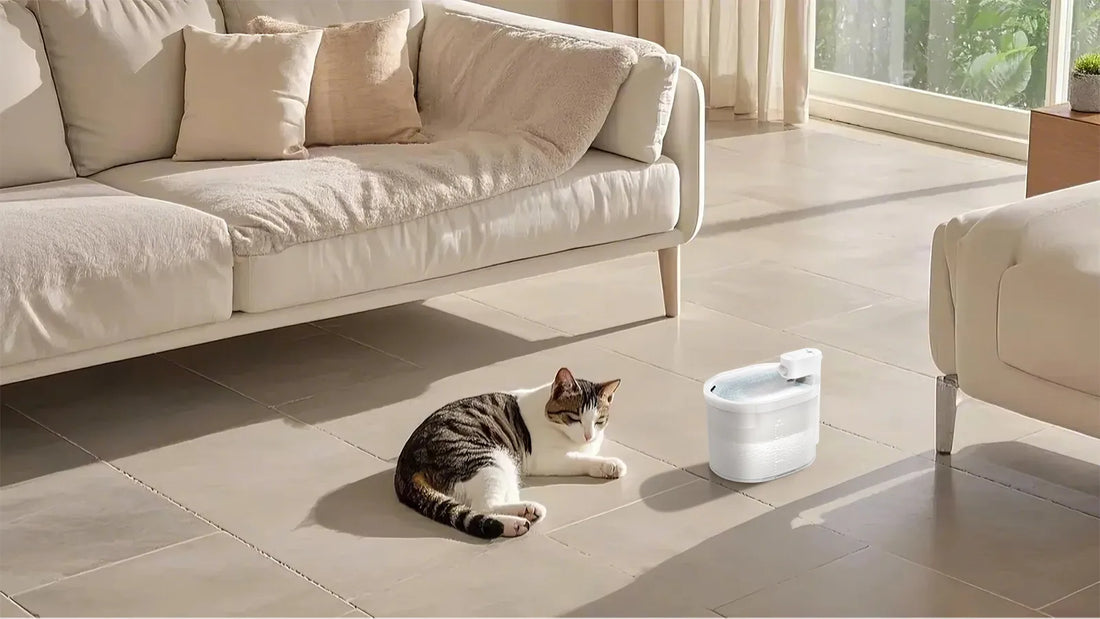Have you ever wondered why your dog doesn’t seem interested in the toys you’ve carefully selected for them? It’s a common concern among pet owners, and the reasons can vary widely. Understanding why your dog isn’t engaging with toys can help you address the issue and foster a more playful and enriching environment for your furry friend.
Understanding Your Dog’s Personality
Just like humans, dogs have unique personalities. Some dogs are naturally more playful, while others may be more reserved or independent. If your dog doesn’t play with toys, it could simply be a reflection of their temperament. Observing your dog’s behavior in different situations can give you insights into their personality and preferences.
Health Issues That Affect Playfulness
Health problems can significantly impact a dog’s desire to play. Pain, discomfort, or underlying medical conditions can make it difficult or unappealing for your dog to engage in play. If you notice a sudden lack of interest in toys, it’s essential to consult with a veterinarian to rule out any health concerns.
Age and Energy Levels
Age plays a significant role in a dog’s activity levels. Puppies are typically more energetic and curious, making them more likely to play with toys. As dogs age, their energy levels may decrease, leading to less interest in play. Senior dogs, in particular, may prefer rest over active play.
Lack of Proper Introduction to Toys
Some dogs may not play with toys simply because they haven’t been properly introduced to them. If a toy is unfamiliar or intimidating, your dog might avoid it. Gradually introducing toys and making them more appealing can encourage your dog to engage with them.
Boredom with the Same Toys
Dogs can get bored with the same toys over time. If your dog has been playing with the same toys for an extended period, they may lose interest. Rotating toys and introducing new ones can keep playtime exciting and engaging for your dog.
Environmental Factors
The environment in which your dog lives can also affect their interest in toys. A cluttered or stressful environment may make it difficult for your dog to focus on play. Ensuring that your dog has a safe and comfortable space can encourage them to engage with toys.
Lack of Social Interaction
Dogs are social animals, and they often enjoy playing with their human companions or other dogs. If your dog is left alone for long periods, they may lose interest in toys. Spending quality time with your dog and encouraging interactive play can reignite their interest in toys.
Choosing the Right Toys
Not all toys are created equal, and what works for one dog may not work for another. Understanding your dog’s preferences, such as their favorite textures, sizes, and types of toys, can make a significant difference. Experimenting with different toys can help you find the ones that your dog enjoys the most.
Training and Positive Reinforcement
Training can play a crucial role in encouraging your dog to play with toys. Using positive reinforcement, such as treats or praise, can make playtime more rewarding for your dog. Teaching your dog how to interact with toys through training sessions can also increase their interest.
Addressing Anxiety and Stress
Anxiety and stress can significantly impact a dog’s behavior, including their interest in toys. If your dog is experiencing anxiety, they may be less likely to engage in play. Identifying and addressing the sources of stress can help your dog feel more comfortable and encourage them to play.
Creating a Playful Routine
Establishing a consistent play routine can help your dog associate certain times of the day with play. Incorporating toys into this routine can make playtime a regular and enjoyable part of your dog’s day. Consistency and predictability can make play more appealing to your dog.
Monitoring and Adjusting
It’s essential to monitor your dog’s behavior and adjust your approach as needed. If a particular toy or method isn’t working, try something different. Being flexible and responsive to your dog’s needs can help you find the best way to encourage play.
Understanding why your dog doesn’t play with toys is the first step toward addressing the issue. By considering factors such as personality, health, age, and environment, you can create a more engaging and enjoyable play experience for your dog. With patience and persistence, you can help your furry friend discover the joy of playtime.














